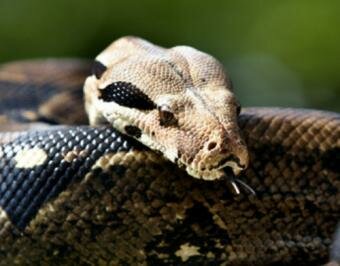A team of mathematical experts have said that 1729, which is also known as the Ramanujan-Hardy number, is linked to aspects of string theory and...

In a first-of-its kind experiment, scientists from the Dickinson College in Pennsylvania in the US, have attempted to study the hunting behavior of boa constrictors. The study was published in the journal The Company of Biologists.
For the study, the researchers took a sample of rats, who were given an anesthetic and their blood pressure and heart rate was noted. Next, they were left at the hands of snakes that gripped them. The researchers closely recorded how the snakes gripped the rats and looked at what happened to the poor victims.
They found that the boa constrictors gripped their prey so tightly, that it inhibited the blood supply and oxygen flowing to the animal's vital organs. Once this blood supply was disrupted, organs such as the heart, brain and liver ceased to function, as they could not maintain the needed high metabolic rate, quickly debilitating the prey. In fact, the snakes could incapacitate their prey within seconds.
The researchers also took blood samples of the rats after their death to gauge how much or little oxygen was in the blood at each stage. They concluded that the blood and oxygen supply was greatly hampered due to the excessive gripping. They held that cutting off the blood supply was a much more efficient and safer killing method for the boa constrictors.
Through this unique research, the scientists wished to replicate the interventions onto humans if they happened to become victims at the hands of boa constrictors.









